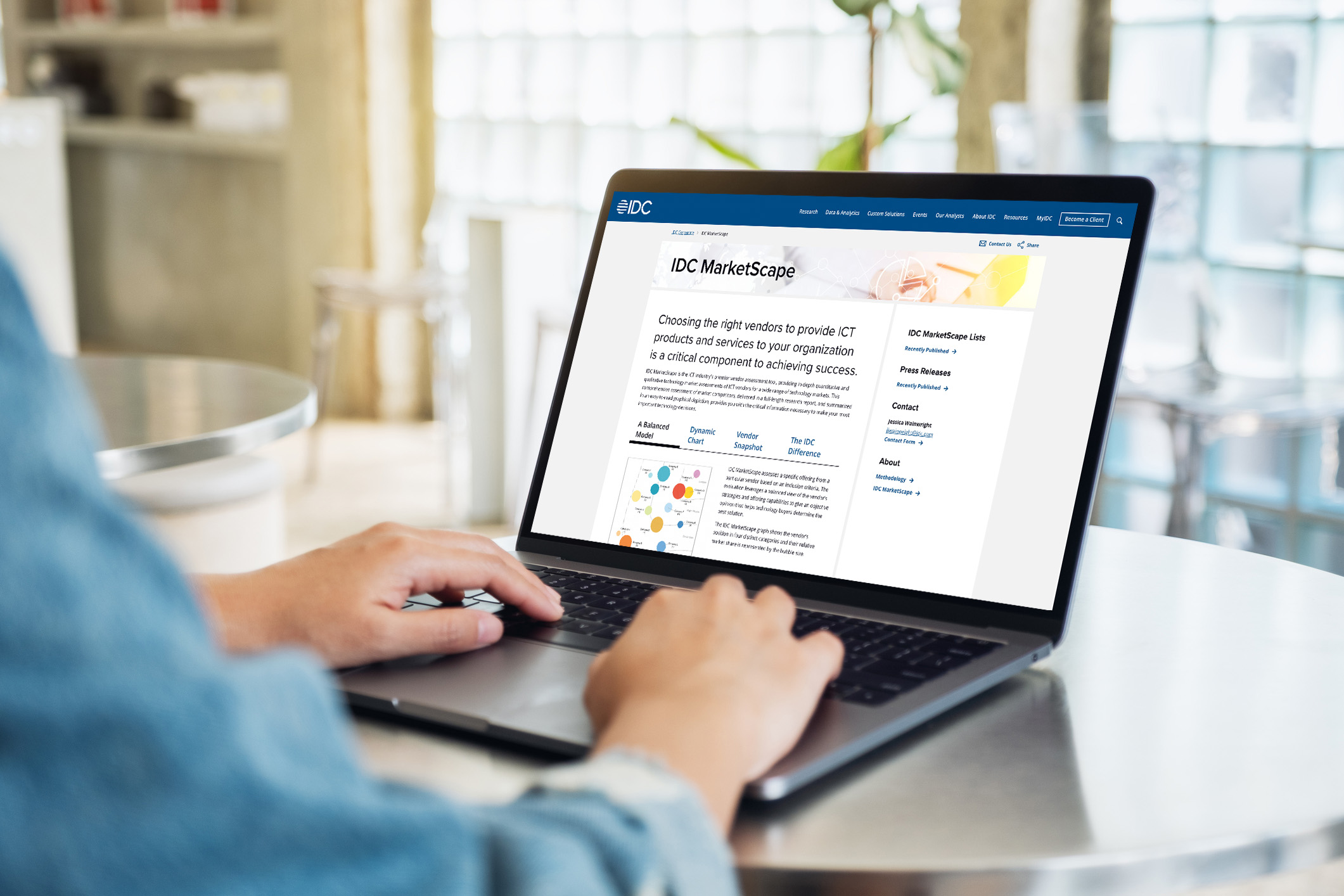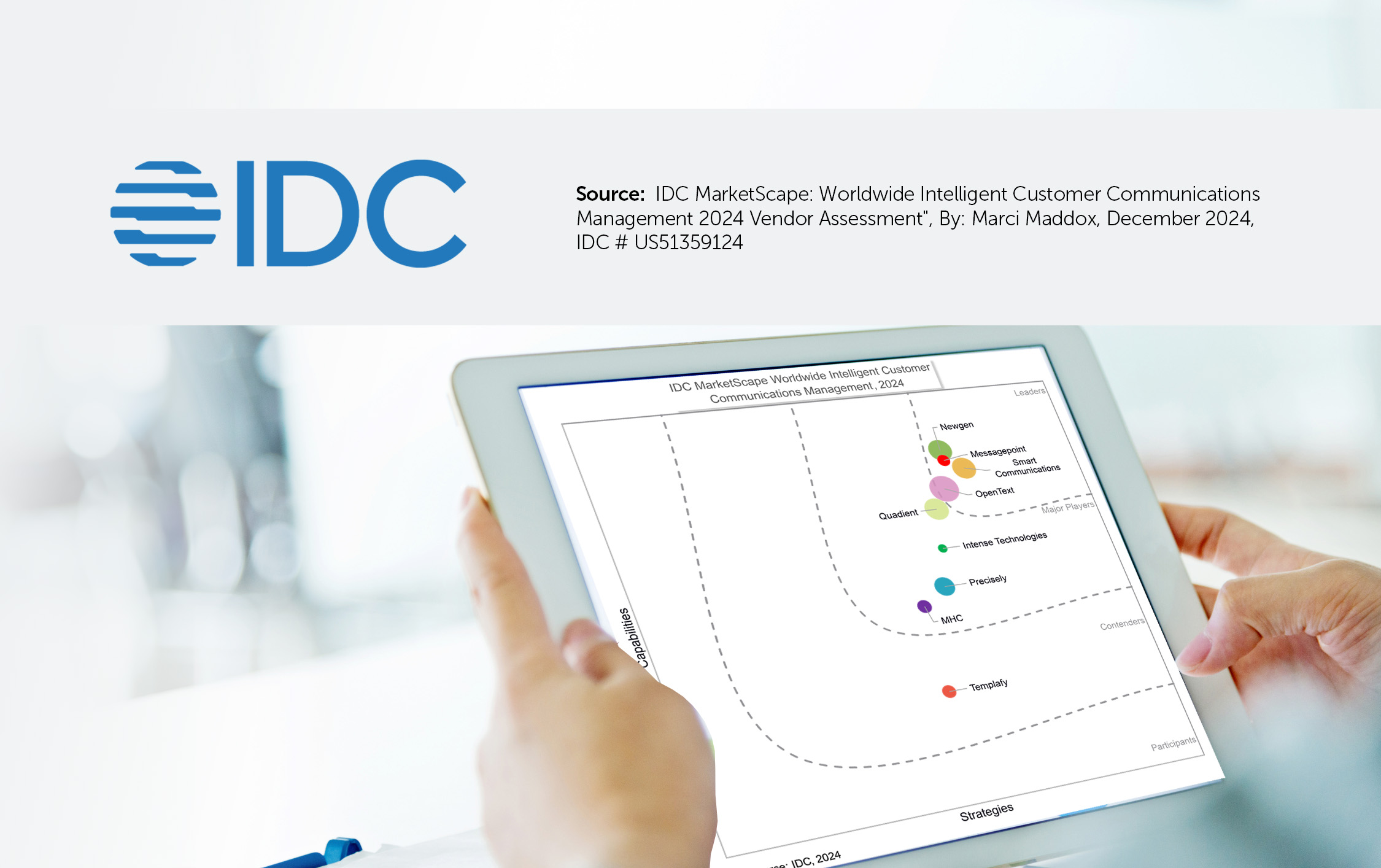
It’s no secret that the pandemic has challenged the way we do business. Every marketer I know has had to rethink how we communicate with our prospects and customers, not just during the lockdowns, but also as we move into the new normal.
With personalized service (face-to-face or online) being one of the top reasons customers decide to choose—or leave—a bank, adapting communications strategies to fit new customer behaviors and expectations is essential.
Today’s customers expect their banks to know them and for their communications to reflect that. With less in-person interaction, the importance of relevant, personalized communications has grown significantly over the last two years. To that end, it’s time for marketers to examine their customer profiles and market segments. Historically, segments were broad, defined by one or two simple parameters, such as age and income. Most marketers have been able to add more variables into the mix to further target messaging, such as geographic area or a recent purchase. The possibilities are endless in terms of how far a marketer can take segmentation, but, in reality, the implementation of hyper-segmentation isn’t that easy.
Marketers’ capacity to become more targeted in their messaging are limited, not by their ideas and strategies, but by the processes of creating relevant content and even more importantly, managing that content. With the number of channels, most banks need to support today in their customer and marketing communications (print, email, SMS, web, social, chatbots, etc.), increasing segmentation is not only daunting and time-consuming but expensive. Controlling content proliferation and avoiding the descent into content chaos is paramount. The answer is adopting a modular approach to content management.
Given the demands of the diversity of communication channels today, it is time to stop looking at the world of customer communications through an individual document lens and instead begin to focus on the content that needs to be sent.
Moving from a traditional one-off template mindset in which each version of a communication for each segment stands alone, distinct and separate from each other, is a challenge. But it is a leap worth making to create dynamic communications that engage customers.
As an example, let’s consider the complexity of a bank’s credit card communications. A printed promotion may support 16 different product variations (travel rewards, versus cash-back, versus no-fee, etc.) going out to four geographic regions with different disclosure requirements in two languages. If the communication is sent via email, web and print, we are looking at 384 templates. Fundamentally, these communications are the same with the same layout and lots of common content, but they each contain custom images for their card brand, different rates and different cost of borrowing disclosures that vary according to the product itself.
A single update to a shared credit card disclosure will need to be made manually hundreds of times to hundreds of templates. The scope of work is huge, as is the opportunity for errors and non-compliance. These variations exist without even targeting the messaging in the communications further to reflect someone’s shopping preferences or demographics.
What if we changed the paradigm? Adopting an approach that breaks down your content into shareable components enables you to centrally manage a set of terms, for example, that is duplicated across all those templates.
When you need to make a change to that term, you make the edit once, saving time and money. Modern customer communications management (CCM) solutions that offer a modular content management approach enable you to also leverage the same template for a particular communication regardless of the product variation or region or language. Common content objects are centrally managed and shared out to all the touchpoints, regardless of channel, where they need to appear. Think of it like a COPE strategy for customer communications—create once publish everywhere—an established approach for content creation and distribution in content marketing circles.
Taking this a step further, the content modules or objects that vary from product to product or segment to segment are data-driven variations of the content.
This is like the CORE model—create once repurpose everywhere—that supports creating variations for different applications or, in this case, products or market segments. In our example above, the changes are driven by the product variant or the region, or the language. And the appropriate content object is substituted in, given the right condition according to the data or channel. Leaving our credit card example behind, picture a home equity line of credit offering. Using a modular content approach, it becomes easy to drive communications that speak to the customer’s goals for the HELOC.
Are they doing a kitchen renovation? Backyard renovation? Imagine custom images and text being driven by the individual recipient’s age, income, region AND goals, purchase behavior, and demographic. Imagine that content is also shared across touchpoints and across channels, so your teams don’t have to redundantly implement the same content online as they do in an email or print touchpoint.
Additionally, with the modular approach, compliance becomes easier to manage. All legal terms and conditions are reviewed and edited with control to specific users. Utilizing common components with market segment custom messaging and expedited deployment through media channels significantly reduces time to market. Going modular with your CCM blows up the document-centric paradigm and facilitates more relevant, engaging, and efficient communications.
To get started, look for groups of communications that either share the same layouts, a lot of the same content with variations or share a lot of content across channels.
A campaign or a set of customer communications, such as correspondence, are good targets. Look for opportunities to share common content: The basics start with logo, contact information, disclosures and signatures. Good targets will share lots of common content that is typically time-consuming to change. Under a modular system, hundreds of documents can be updated at once. AI solutions exist that can ease the process of both content migration and consolidation by identifying similar or identical wording. While going through the process of identifying components can seem arduous at first, ultimately the process is essential to driving efficient content management overall.
Once common content is standardized and centrally managed in an intelligent content hub, variations can be effectively controlled and deployed. While little can be done to streamline the actual creation of the targeted content, significant changes can be made in implementing and approving content.
Traditional document-centric changes require review and approvals to entire documents, which are time-consuming. Changes to individual varying content modules streamline initial content approvals and marketers can see final proofs of the entire documents during the testing phase for sign-off. It’s also essential to look for solutions that enable marketers to directly implement and control content. Too much time is wasted in back-and-forth cycles with IT teams or service providers. Putting the content editing and deployment into your hands streamlines processes and drives savings. Through reporting portals, you can see what messages and what channels are creating the greatest response and make changes as necessary to connect with the customer, as well as to improve the customer experience.
The inherent benefits of leveraging a modular approach to managing your content simplifies communications generation and content targeting through sophisticated content sharing and re-use. It streamlines processes, reduces redundancy that creates barriers to meaningful personalization, and speeds up the creation process.
With customers demanding faster responses, it’s essential to simplify how your communications get produced, what you send to customers and how you send it. How we communicate with customers is more critical than ever to sustain growth and continue to meet the new demands of business—so is finding a way to make your work less stressful. Now if only we could find a way to automate the creation of all that targeted content!

TORONTO, December 5, 2024 – Messagepoint Inc. announced it has been named a Leader in the IDC MarketScape:…
Read more
IDC’s MarketScape for Intelligent Customer Communications Management evaluates vendors that natively own or integrate forms technology and artificial…
Read the whitepaper
The mortgage servicing industry is under immense financial pressure. With interest rates high and home prices still rising,…
Read the Article